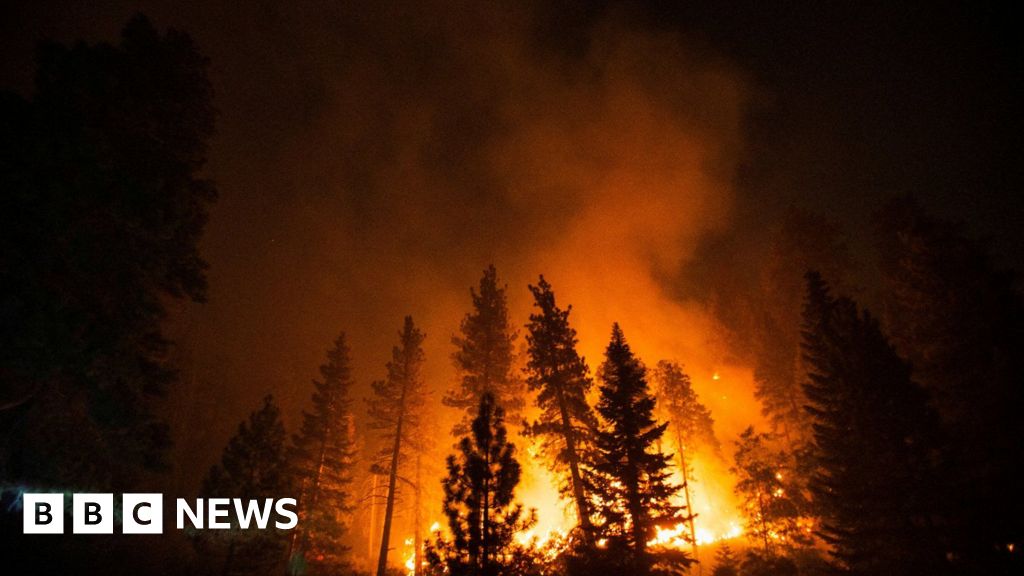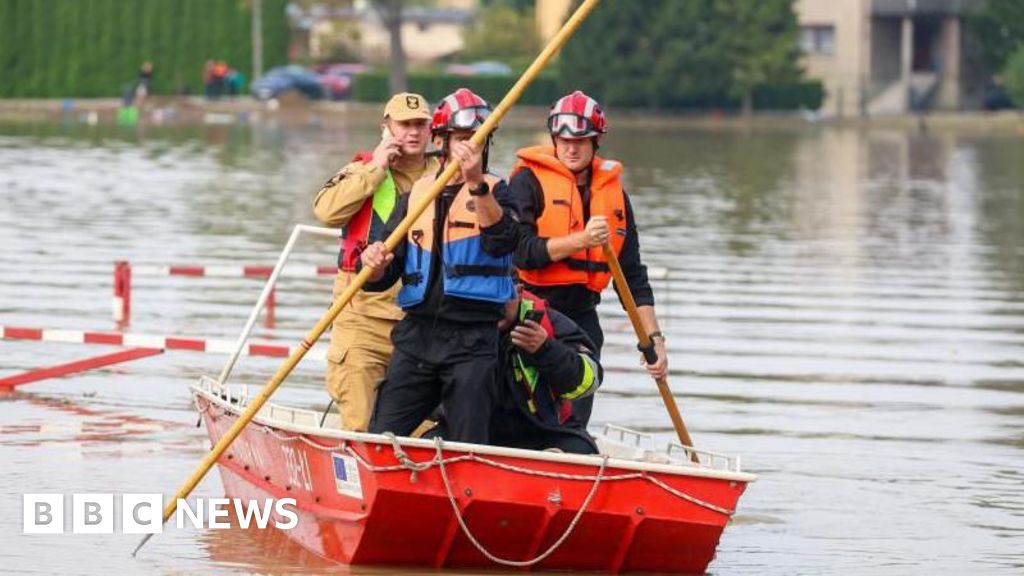The trail of head torches twinkled between cloud and rock above us, slowly gaining height, disappearing one by one into the pre-dawn darkness. They were on their way to the summit of western Europe’s highest mountain, and I longed to follow.
The previous evening in the Refuge de Tête Rousse, the first overnight stop on the usual route up Mont Blanc, there had been an army of Gore-Tex-clad men, recounting summit stories while comparing the latest technical gear. Huddled in the corner, mountain guide Karen Bockel, filmmaker Grace Taylorson Smith Pritchard and I, the only women in the room, were weighing up our options. A storm was rolling in.
“We will need to skip the second night in the hut above, continue straight to the summit and come all the way back down before the storm hits at lunchtime,” said Karen. “I’m sorry Lise, but I don’t know if you’ll be fast enough in those hobnail boots and that bonnet . . . ”
The history of adventure has mostly been written by men, and still today the narrative is mainly told in male voices, whether through books, television or social media. My project, Woman with Altitude, aims to highlight women adventurers from history who achieved astonishing feats but whose lack of visibility continues to have knock-on effects for women in the outdoor world. Only around 2 per cent of fully certified mountain guides are women; our guide Karen, who teaches at Chamonix’s renowned École Nationale de Ski et d’Alpinisme, told us that out of the 44 students who graduated this year, only two were female. All too often we still find ourselves the only women in a hut full of men.



Previous trips have included following in the footsteps of Alexandra David-Néel in Sikkim and Jane Inglis Clark in the Scottish Highlands, but from the hundreds of adventurous women I’ve researched, I was particularly drawn to Henriette d’Angeville. In 1838, she became the second woman to reach the summit of Mont Blanc — and the first to do so unaided (Marie Paradis reached the top in 1808 but was carried some of the way by guides).
Mountaineering was not an activity for women in the early 19th century, and in her memoir My Ascent of Mont Blanc, Henriette writes that news of her planned attempt caused “a general outcry of amazement and disapproval, followed by, she must be prevented from such madness”. In The Summits of Modern Man (2013) Peter Hansen calls her a “gender radical” who challenged the status quo — “by making the ascent at all, she occupied a transgressive position”. Yet, she did it anyway, setting off to “a chorus of good wishes from a disapproving crowd”.
In the footsteps of . . .

This is the latest in a series in which writers are guided by a notable earlier traveller. For more, see ft.com/footsteps
To understand what Henriette and women like her would have gone through, I recreate their expeditions using clothing and equipment available to them at the time. This is how I found myself down a cobbled London street in early August, collecting boots from Tricker’s, which was founded in 1829 and made boots for some of the first explorers and alpinists. Its master shoemaker Adele Williamson expertly crafted the leather sole for my boots, including a metal horseshoe heel and hobnails hammered in for grip.
In the early 19th century, outdoor clothing for women didn’t exist, so Henriette created her impressive outfit herself, carefully documenting it in her journal. Controversially, it included a pair of trousers — though these would be hidden by a Scottish woollen dress. The complete outfit weighed 12kg and “everyone declared, feeling the weight of it in their hands, that I could not walk for even half an hour so caparisoned!”
With only notes and pencil drawings from Henriette’s expedition to go on, I took some artistic licence with the colours for my own version, opting for a Scottish tweed of yellow, red and green, all common colours of the 1830s. To finish the ensemble, I added a matching bonnet, silk-and-wool stockings, a black feather boa like Henriette’s, and even Victorian undergarments with a buttoned crotch (very useful indeed).

Henriette also packed 24 roast chickens, 18 bottles of wine and a carrier pigeon, to deliver the good news of her reaching the summit. Her only piece of “technical” equipment was her alpenstock, a traditional staff with a sharp metal point, adorned with a chamois horn for hooking on to rocks. Without the luxury of porters chiselling foot holes for me in the ice, my only modern kit was crampons, which I felt justified using where necessary.
As our train pulled into Chamonix on August 29, the weather was far too hot for a 12kg woollen outfit. More seriously, it was too hot to climb Mont Blanc. When Henriette arrived here in September 1838, snowstorms threatened her summit attempt. Now, we had the opposite problem, a series of warm summers melting the permafrost and prompting increased rockfall — particularly in the Grand Couloir, across which climbers must dash on the main route to the top.

We started with four days of training in the mountains around Chamonix, tackling peaks such as the Aiguille du Tour and getting used to crossing glaciers and navigating deep crevasses. In the pink morning light, I teetered out from the Refuge Albert Premier on to the Glacier du Tour, dressed in my outfit for the first time. The hobnails scraped on the rocks, so I drove the sharp point of my alpenstock into the hard ice, steadying my balance. It was a surprisingly effective replacement for a modern ice axe.
The next day, while hanging off a rock overlooking the Pèlerins glacier near the top of the famous Aiguille du Midi, I found myself doing battle with the bonnet. Its oversized brim caught on the rock faces as I looked up or down, knocking me backwards and making it impossible to see my feet. On steeper sections I had to hitch the dress to my waist to avoid stepping on the hem as I pushed upwards.
A sudden drop in temperature allowed us to take our chance with Mont Blanc. Initially, I wanted to walk from Chamonix on Henriette’s original route, but with a short window of opportunity we couldn’t afford the additional eight hours. Instead, it was into the cable car at Les Houches with the rest of the climbers on the modern route, then the Tramway du Mont Blanc to the Nid d’Aigle at 2,372 metres, where we’d begin our ascent.

After days of training with heavy crampons, my feet were a state. It was harder to trust the hobnails on the sharp rocks and steeper ledges, and my steps were slow. It should have only been a two-hour climb, but it was four weary hours before we slumped into the Refuge de Tête Rousse at 3,167 metres.
At 3.30am the next morning, as we prepared to leave in the cold pre-dawn hours to avoid rockfall, Karen assessed the latest updates on the approaching storm. Reluctantly, we accepted that it would be foolish to push on, though it was tough to watch the other climbers head out in their modern gear as I sat alone in my woollen outfit, the very thing that had ruined my chances of summiting.
Following a disheartening descent, Karen and Grace convinced me all was not lost. After her success on Mont Blanc — on the summit the guides interlocked arms to make a platform so that she could climb on top and thus reach “a height which, pace masculine pride, was never attained by my predecessors” — Henriette became a dedicated climber for the next 25 years, a career that culminated, aged 69, on Switzerland’s Oldenhorn. We decided to head there, driving from Chamonix over the border to the village of Les Diablerets. From there, a cable car takes tourists up to the Glacier 3000 ski area in the shadow of the lonely 3,123-metre peak, but unfortunately for Karen, Grace and my feet, I insisted we walk up, just as Henriette did.

Away from the busy car park, late Alpine flowers were in full bloom, filling the mountainside with patches of hazy pinks and purples. As we followed the path, feasting on wild raspberries, I thought of Henriette’s description: “Nothing spoke of the earth as we know it. I felt I had been transported into a new world . . . A voice spoke to me from the sky and said: Do what is right, and follow your path with confidence.”
To the hum of machines building a new ski lodge, we buckled up our crampons and crossed the glacier. The storm that ended our chances of Mont Blanc caught up with us just as we tackled the last rocky section of ascent, four hours of climbing on slippery granite. We reached the summit in a cloud of mist, unable to see our surroundings, but I didn’t mind. Maybe none of this was about the glory of getting to the top and gorging on the views.
In the past two weeks, four more climbers have lost their lives attempting to summit Mont Blanc. It’s a stark reminder of how unpredictable high mountains are, even with the latest technology to guide us. And it underlines the achievements of early alpinists like Henriette, the risks they were taking and their bravery in pushing boundaries, not only physically and mentally but, for women, culturally too.
Find out about our latest stories first — follow FT Weekend on Instagram and X, and subscribe to our podcast Life & Art wherever you listen


































































































































You must be logged in to post a comment Login